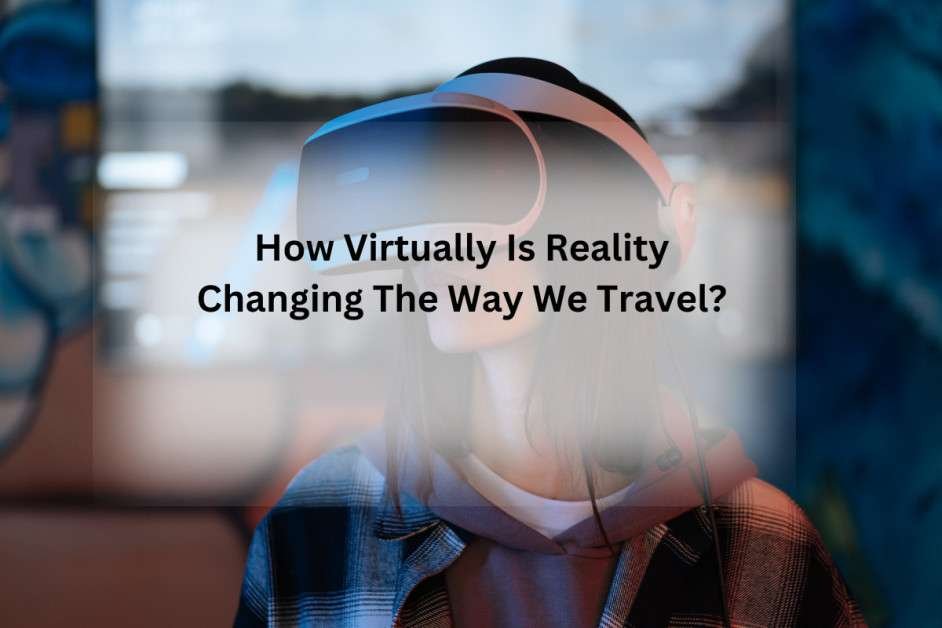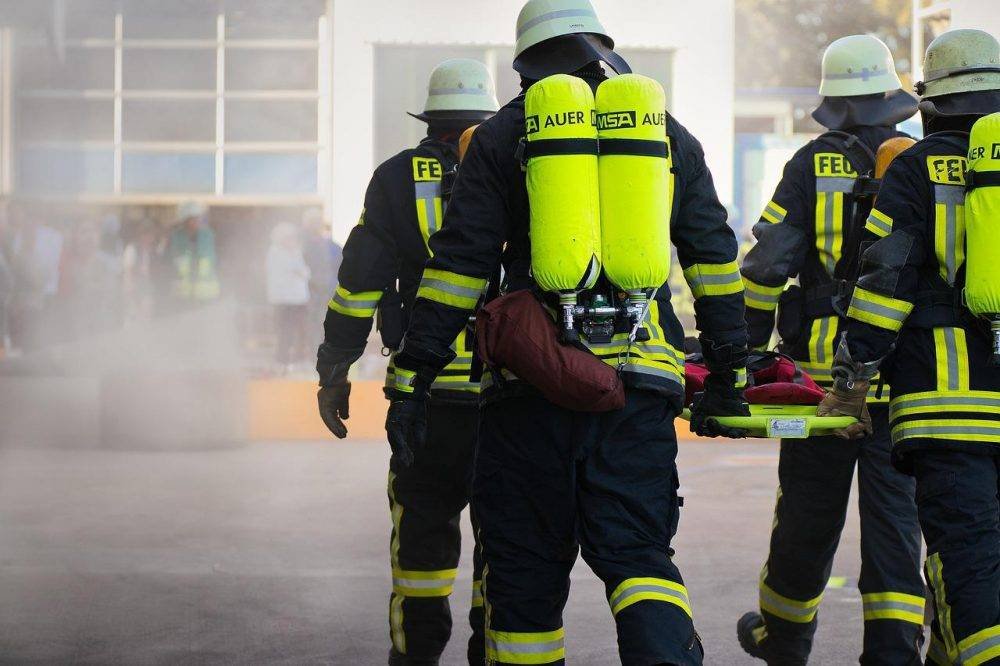In recent years, virtual reality (VR) has been transforming the way we experience and explore the world. The travel industry is no exception to this trend. With the advancement of technology, travelers can now virtually visit destinations before making a trip. In this article, we’ll explore the impact of virtual reality on the travel industry and how it’s changing the way we travel.
Technological advances have received a real-time boost in the past decade. From the traditional real cameras to the body cameras, we have seen the size of devices shrink while the experience gets the whole game. Another miracle of the tech evolution is (VR).
Virtual Reality (VR) has changed the game for experience technology. Although VR is still in the initial developmental phase, it carries excellent growth potential. Numerous businesses and organizations have moved to AR/VR to improve their functioning and provide new and innovative services to their customers.
Due to decreased prices and improved service quality, VR is now extensively used in the tourism industry. With the increase in the trend of VR, it is evident that these technologies will play a significant role in shaping how we enjoy our leisure activities. Whether it is a trip to the park or a visit to the zoo, VR is set to change how we experience our world.
Sectors of Travelling where VR is emerging
Travel Agents
Many travel companies in the US have already adopted VR and have utilized the technology to create a tool for travel agents to market travel experiences effectively. Using 360-degree movies and cinematic VR goods, businesses may support tourism locations and urge people to travel. Many companies have launched some apps, including 360°/VR videos of prominent destinations, cruise lines, hotels, resorts, and tour operators. The apps are available on any smartphone cost-free across different platforms.
The tourism-based VR apps are already gaining momentum in distribution platforms for VR travel. Many investors foresee VR videos becoming the definitive tool for travel advisors and meeting and incentive planners. This will create a new wave of evolution that will dramatically increase sales.
Hotels
The marketing tools and strategies for hotels have been very typical and traditional, so the attraction and flow of customers have remained relatively stagnant over the years. Virtual reality can offer a unique and attractive way to engage travelers. According to some experts, it is the best way to promote your destination to virtually take your potential clients there, which is what the VR travel app platforms achieve through VR, augmented reality (AR), and 360-degree video.
It allows the customers to have the try-before-you-buy experience and enables hotel owners to promote their accommodations via an interactive marketing experience.
Airlines
Skylights have been offering in-flight and in-lounge VR studies since 2016—it was the first business enterprise to install VR as a passenger amusement. Passengers may escape the real world and enjoy a movie theatre experience, with access to over 250 hours of entertainment ranging from early-release blockbusters to HD documentaries. 3-D, and ahead-facing 360-degree. The company has signed content partnerships with Warner Brothers, country-wide Geographic, Lionsgate, 20th Century Fox, DreamWorks, and BBC.
British Airlines, Air France, and Garuda Indonesia are just a number of the airlines that have applied the era within and beyond. As soon as the global disaster has eased, virtual fact leisure ought to offer a differentiation factor for airline brands who want to attract passengers.
Tourists
After the pandemic struck the world, the possibility of following the SOPs again became evident. In this condition of lockdowns throughout the pandemic era and travel bans due to COVID-19, the transformative nature of VR can provide a bridging answer for those with wanderlust.
Even as a VR revel isn’t the same as being at the seashore, it can give you a sense of being there and allow you to experience like you’ve ‘got far from all of it.’ It can be a long term earlier than the journey enterprise is again on its feet in reality, the WTTC’s dealing with director Virginia Messina informed Reuters that after the outbreak is beneath control, it’d take up to ten months for the tourism zone to return to its normal ranges so we may adequately see the urge for food for VR tourism increasing within the coming months.
Inside the interim, quite a few apps are already available to help satisfy people with a choice to ‘journey.’
The coolest tool is Google Earth VR, which allows you to put on a Virtual reality headset and visit anywhere in the world, from the Hoover Dam in Arizona to the Coliseum in Rome. Customers have called it an ‘essential’ for any VR user, and even better, it’s free! You can download them easily across different platforms.
Virtual Reality in Destination Marketing
- Use of virtual reality in destination marketing
- Advantages of using VR in destination marketing
- Examples of successful destination marketing campaigns using VR
Virtual reality has become a powerful tool for destination marketing. Tourism boards and travel companies are using VR to promote their destinations and attract more visitors. Virtual reality allows travelers to experience a destination before even setting foot there. This immersive experience can help travelers visualize themselves in the destination, which can lead to increased bookings and tourism revenue. Virtual reality has also become a popular way to showcase a destination’s unique features and attractions, such as national parks, beaches, and historical landmarks. Examples of successful destination marketing campaigns using virtual reality include Tourism Australia’s “Virtual Australia” campaign and the Las Vegas Convention and Visitors Authority’s virtual reality experience of the city’s attractions.
Challenges and Future of Virtual Reality in Travel
- Challenges facing the use of virtual reality in the travel industry
- Potential future developments and Uses of VR in Travel
Despite its many advantages, virtual reality still faces some challenges in the travel industry. One of the major challenges is the cost of the equipment and infrastructure needed to provide virtual reality experiences. Another challenge is the lack of standardization, which makes it difficult for travelers to access virtual reality experiences across different platforms. However, the potential for virtual reality in the travel industry is immense, and we can expect to see more developments in this area in the future. Some potential future uses of virtual reality in travel include virtual reality guided tours, virtual reality travel agents, and VR language learning programs.
Conclusion
In conclusion, virtual reality is changing the way we travel in significant ways. From travel planning to destination marketing to travel experiences, VR is enhancing the overall travel experience for millions of travelers around the world. While there are still challenges to overcome, the potential for virtual reality in the travel industry is vast, and we can expect to see more developments in this area in the future.
FAQs
What is virtual reality, and how does it work?
Virtual reality is a computer-generated simulation of a three-dimensional environment that can be interacted with by a person using special equipment, such as a headset or gloves.
How is virtual reality changing the travel industry?
VR is changing the travel industry by enhancing the travel planning process, destination marketing, and travel experiences.
What are the benefits of using VR in travel planning?
The benefits of using virtual reality in travel planning include saving time and money, reducing stress, and improving the overall travel experience.
What are some examples of companies that offer VR experiences?
Examples of companies that offer virtual reality experiences in the travel industry include Qantas, Thomas Cook, and Lufthansa.
What are some potential future uses of virtual reality in travel?
Potential future uses of virtual reality in travel include VR guided tours, virtual reality travel agents, and virtual reality language learning programs.


